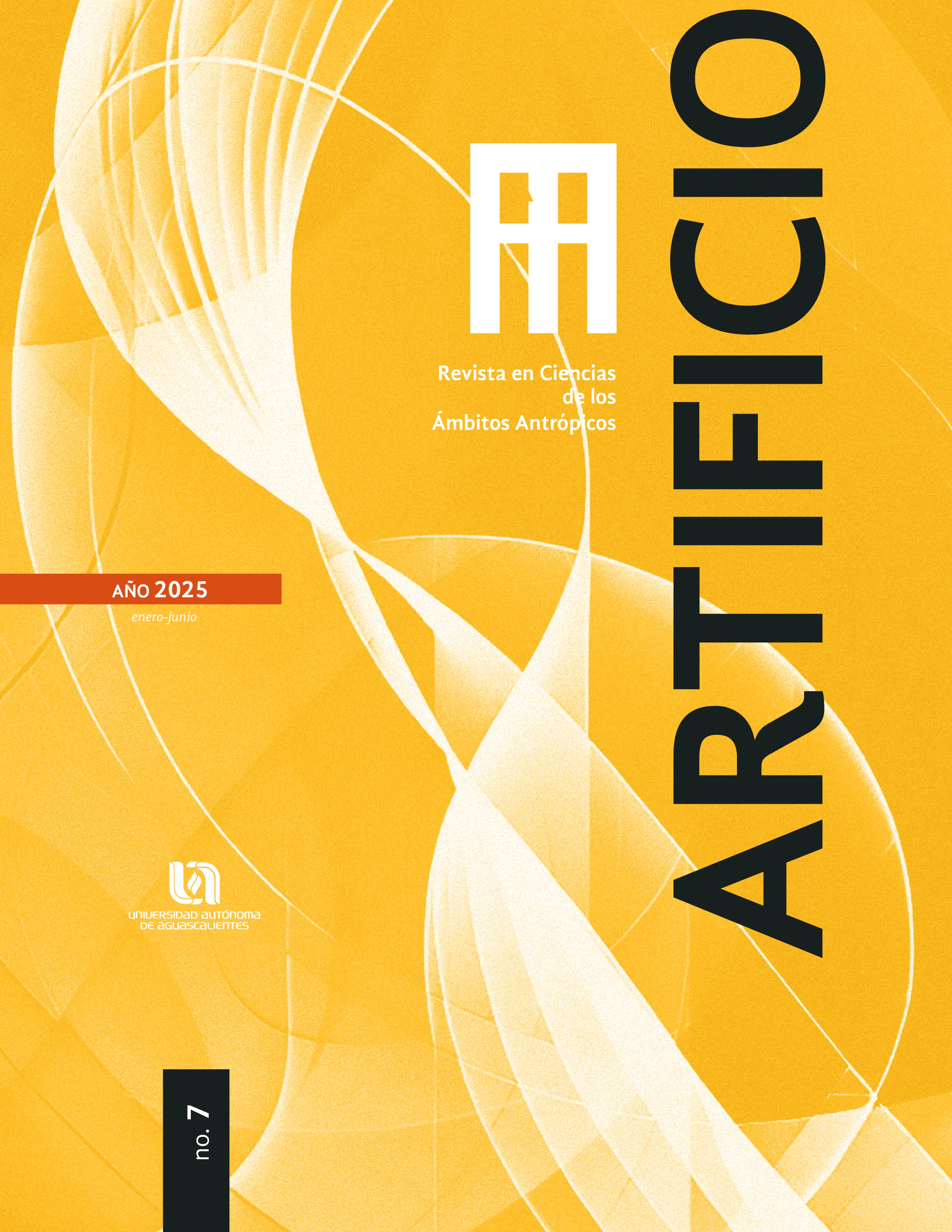Eight common emotions when working on an industrial design bachelor’s thesis
DOI:
https://doi.org/10.33064/artificio720258268Keywords:
emotions, thesis, student performance, tutorship, design studentsAbstract
This research analyzes the emotions experienced by students during the development of their undergraduate thesis in design, from the conception of the idea to the defense of the final work. The study focuses on three stages of the process: initiation, intermediate development, and conclusion, identifying both positive and negative emotions that may affect academic performance. It is conducted at the Universidad del Papaloapan (UNPA) and the Universidad Autónoma de Baja California (UABC), using a methodology based on interviews and literature analysis. However, the review of academic sources revealed a lack of studies on the emotions students experience while working on their thesis, highlighting the relevance of this study. Findings indicate that factors such as academic pressure, the relationship with the advisor, and time management influence students’ emotions, impacting their motivation and performance. This research aims to fill a gap in the literature and provide tools to improve thesis advisors’ guidance, enabling more effective mentoring strategies. Ultimately, this knowledge is expected to help reduce thesis submission delays and increase the graduation rate at UNPA, which is currently low.
Downloads
References
Aguayo, F. (2005). Metodología del diseño industrial. Alfaomega.
Arnold, M. B. (1960). Emotion and personality. Columbia University Press.
Beltrán, E., & Fernández, J. (2012). Haciendo una tesis. Prosopopeya.
Bonsiepe, G. (1978). Teoría y práctica del diseño industrial. Gustavo Gili.
Burdek, B. (1994). Diseño: historia, teoría y práctica del diseño industrial. Gustavo Gili.
Coppin, G., & Sander, D. (2016). Theoretical approaches to emotion and its measurement. En H. Lench (Ed.), The function of emotions: When and why emotions help us (pp. 17–37). Springer.
Desmet, P. (2002). Designing emotions. Ed. Pieter Desmet.
Eco, U. (1984). Cómo se hace una tesis. Gedisa.
Fernández-Abascal, E. G., & Jiménez Sánchez, M. P. (2010). Psicología de la emoción. UNED.
Galván, B. (2019). Lenguaje y significado del objeto. Tecnológico de Monterrey. https://www.academia.edu/38688578/An%C3%A-1lisis_Dise%C3%B1o_Emocional
Hernández, R. (2014). Metodología para la investigación. McGraw-Hill.
Ortiz Nicolás, J. C., & Hernández López,I. (2018). Emociones específicas en la interacción persona-producto: un método de identificación causal. Economía Creativa, (9), 122–162. https://doi.org/10.46840/ec.2018.09.06
Downloads
Published
How to Cite
Issue
Section
License
Copyright (c) 2025 Artificio

This work is licensed under a Creative Commons Attribution-NonCommercial-ShareAlike 4.0 International License.
Artificio Journal provides open access to its content, based on the principle that offering free access to research helps to increase the global exchange of knowledge. Artificio does not and will not charge any subscription fees to its readers, nor to authors for submitting, processing or publishing their articles.
As a condition of publication, authors agree to release their copyright under a shared license, specifically the Creative Commons Attribution-NonCommercial-ShareAlike 4.0 International license.
This licence allows anyone to share, copy and redistribute the material in any medium or format under the following terms:
*Credit the author of the text
*Do not use the material for commercial purposes
*Do not transform or modify the material.











